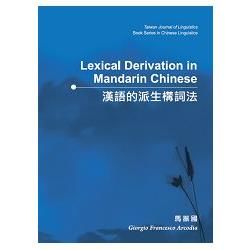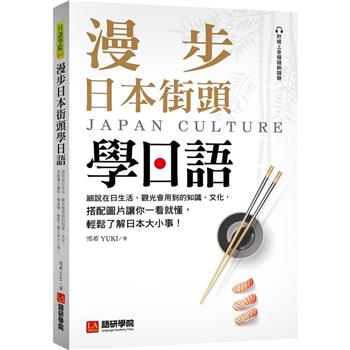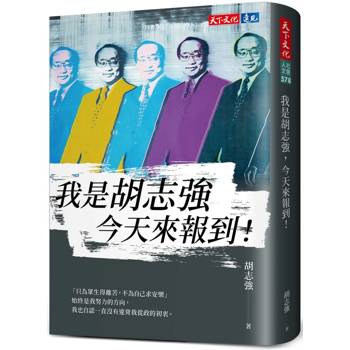| FindBook |
有 7 項符合
漢語的派生構詞法的圖書 |
| 圖書選購 |
| 型式 | 價格 | 供應商 | 所屬目錄 | $ 396 |
中文書 |
$ 396 |
英文 |
$ 405 |
語言學概論 |
$ 405 |
Language Learning |
$ 405 |
中文 |
$ 428 |
華語教材 |
$ 428 |
社會人文 |
|---|
| 圖書館借閱 |
| 國家圖書館 | 全國圖書書目資訊網 | 國立公共資訊圖書館 | 電子書服務平台 | MetaCat 跨館整合查詢 |
| 臺北市立圖書館 | 新北市立圖書館 | 基隆市公共圖書館 | 桃園市立圖書館 | 新竹縣公共圖書館 |
| 苗栗縣立圖書館 | 臺中市立圖書館 | 彰化縣公共圖書館 | 南投縣文化局 | 雲林縣公共圖書館 |
| 嘉義縣圖書館 | 臺南市立圖書館 | 高雄市立圖書館 | 屏東縣公共圖書館 | 宜蘭縣公共圖書館 |
| 花蓮縣文化局 | 臺東縣文化處 |
|
|
In the Chinese language, morphologically complex words have been attested since the remote past of the language, including both stem-modifying processes and agglutination of morphemes, mostly lexical and free in the classical language (see Baxter & Sagart 1998). Chinese word-formation has received much attention in the literature in recent times, but most descriptions and theoretical work on the topic are focussed on compounding (see e.g. Packard 1998, 2000, Lin 2001, Ceccagno & Basciano 2009a-b), and it is still a matter of debate whether compounding and derivation are two distinct phenomena in Modern Mandarin Chinese (see, among others, Pan, Ye & Han 2004).
In this monograph we intend to analyse Chinese word formation patterns which may be candidate to derivational status, according to the definition of such process of word formation which we find in the morphological literature (as e.g. Beard 1998, Naumann & Vogel 2000, Olsen 2000): they are patterns such as X—學 ‘the study of X’ (心理學xinlixue ‘psychology’) or X—性 'the property of (being) X’( 重要性 zhongyaoxing ‘importance’). The characteristics of the morphemes around which those patterns are built which sets them close to derivational affixes are that they appear in a fixed position, seem to form new words productively and convey a different, “emptier” meaning than that of the corresponding lexical morph (see Ma 1995). The apparent phonological (and, needless to say, orthographical) identity between a “would-be affix” and its lexical counterpart (as, say, 學 used as a verb, ‘to study’) is not surprising, since grammaticalization without alteration in the sound shape of a morph is a characteristic feature of languages belonging to the East and South-East Asian area (Bisang 1996, 2004). Therefore, the notion of “affixoid”, coined to describe word formation elements in European languages which are bound but phonologically identical to a free form in the language (such as Dutch boer, meaning ‘farmer’ as a word and ‘dealer’ when used as a bound form), proves to be unnecessary for Chinese.
- 作者: 馬振國
- 出版社: 文鶴出版有限公司 出版日期:2012-03-01 ISBN/ISSN:9789861475233
- 語言:繁體中文 裝訂方式:平裝
- 類別: 中文書> 語言> 英文
|












